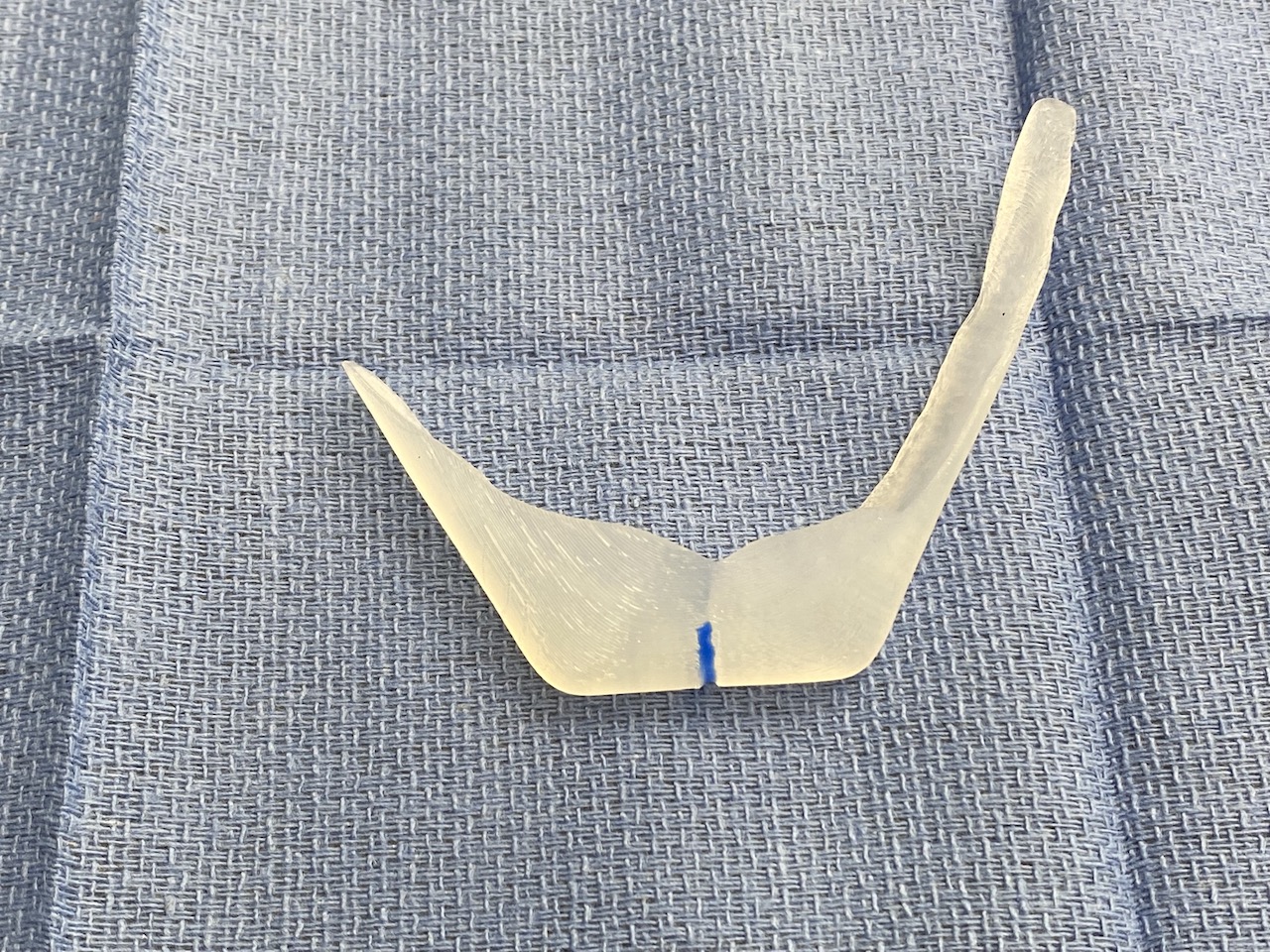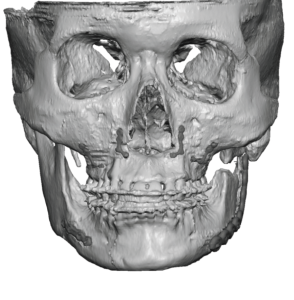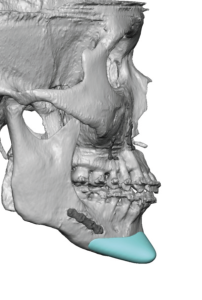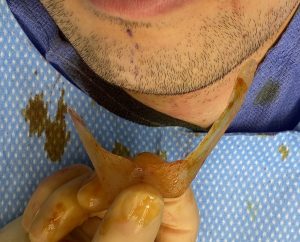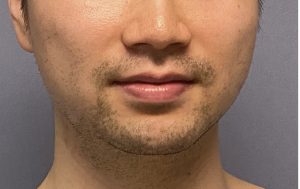Background: Chin implants are a common facial augmentation that can be very effective for the properly selected patient. They work best for modest to moderate chin deficiencies that are largely horizontal in dimension (inadequate projection) with no significant asymmetries in the chin or jawline bone. Where patients and surgeons get into aesthetic difficulties is when a multidimensional deficiency and/or asymmetry exists in the chin. Then the use of a standard implant is being asked to fulfill an aesthetic outcome for which it was not designed.
While it is true that chin implants can be intraoperatively modified to try and compensate for a patient’s asymmetries or placed in various position on the bone to create a patient-specific need, they are now being asked to fulfill an aesthetic goal for which they were not designed. In some cases this may produce a satisfactory outcome but far too often it does not. This may then lead to another surgery or even a series of surgeries to try and ‘get it right’.
Recognizing the need to go to a custom implant design from the beginning is the obvious best approach in chin augmentation. In my experience the majority of custom chin implants are done as secondary or tertiary procedures after standard implant efforts. But the key indicator for a custom design as a primary chin implant augmentation procedure is the presence of asymmetry, particularly if there is a more global jaw asymmetry.
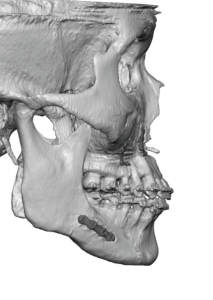


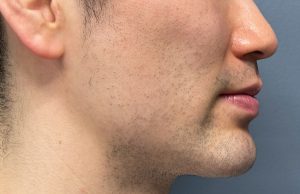
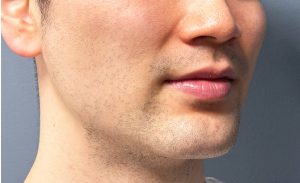
This patient recognized the need from the beginning of a custom implant design for his chin augmentation. Any one of his three chin reshaping objectives was best served by a custom implant design. But all three together made it essential.
Key Points:
1) In chin asymmetries, whether it is horizontal or vertical in dimension, the use of standard chin implants inadequately addressed the asymmetry and often just creates another version of it.
2) A custom implant design for chin asymmetries provides the best opportunity to successfully improve the chin’s projection and shape.
3) Chin bone asymmetries create very asymmetric implant designs which need to be factored into their placement.
Dr. Barry Eppley
World-Renowned Plastic Surgeon

